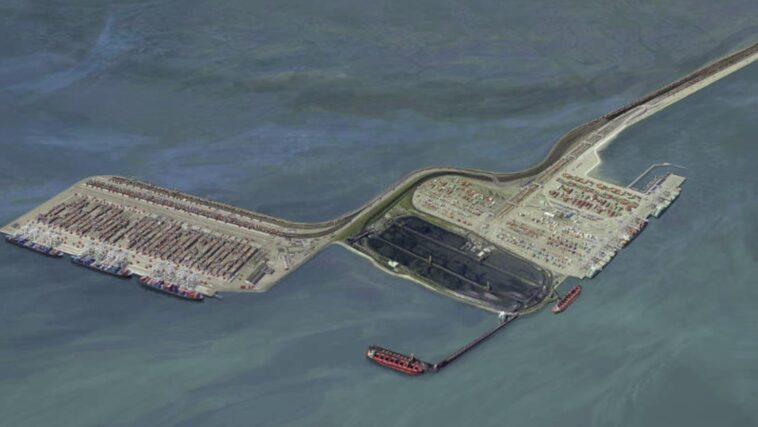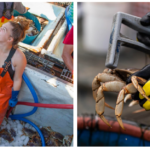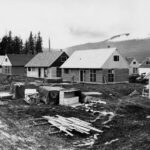The controversial Roberts Bank Terminal 2 Project–a $3.5 billion expansion to a port in the Salish Sea–is one big step closer to happening, following the approval of a federal agency and several cabinet ministers.
“The area is an ecologically sensitive and productive coastal ecosystem.”
Charlotte Dawe of the Wilderness Committee
The controversial Roberts Bank Terminal 2 Project aims to boost trade on the B.C. coast–but is opposed by environmentalists and The International Longshore & Warehouse Union Canada, worried about automation taking away jobs.
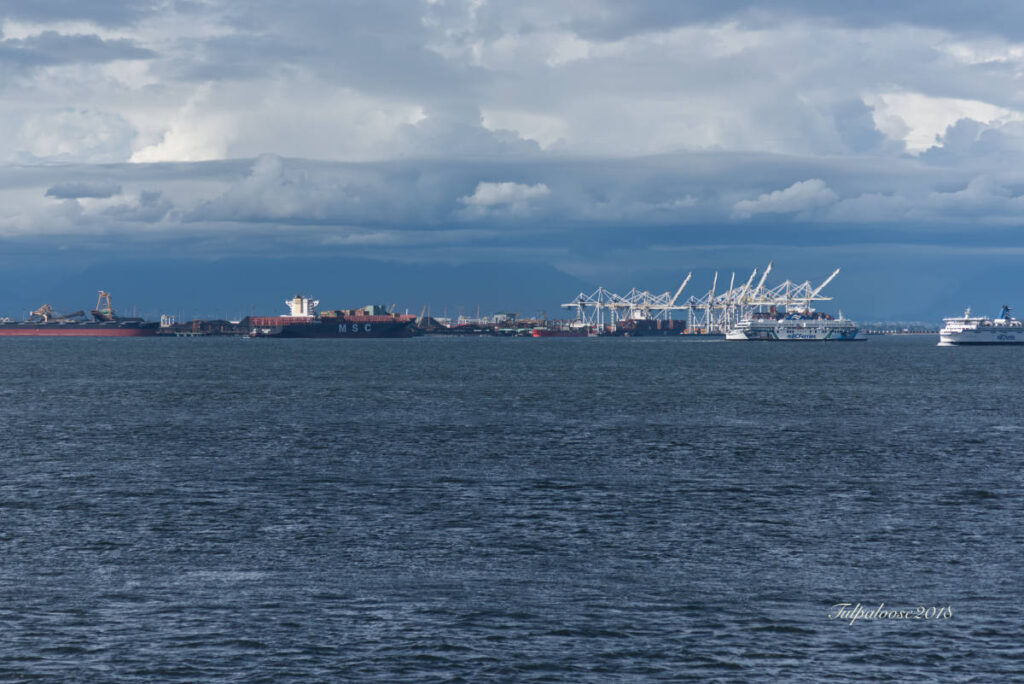
The government green-lighted the expansion “subject to 370 legally binding conditions to protect the environment, including to prevent harm to local species,” announced the Assessment Agency of Canada.
Roberts Bank Terminal 2 is “a death sentence” for orcas.
The Wilderness Committee
The next step for the project, also known as RBT2, is to apply for authorizations and permits from the Government of British Columbia as well as several federal departments, including Fisheries and Oceans Canada. If it receives final approvals, it’s expected to take six years to construct.
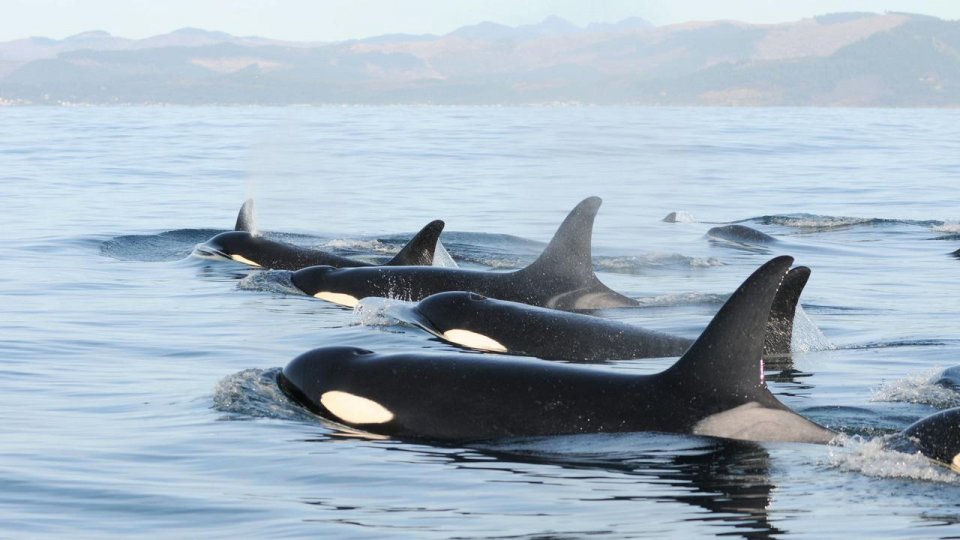
Many obstacles still lie in its path forward. The Wilderness Committee called the expansion “a death sentence” for orcas in a press statement.
“The area is an ecologically sensitive and productive coastal ecosystem,” said Charlotte Dawe of the Wilderness Committee, noting that the area is essential for migratory birds, salmon runs, and endangered Southern Resident killer whales.
RBT2 “will be key to supporting Canada’s economic growth over the coming years.”
Federal Announcement
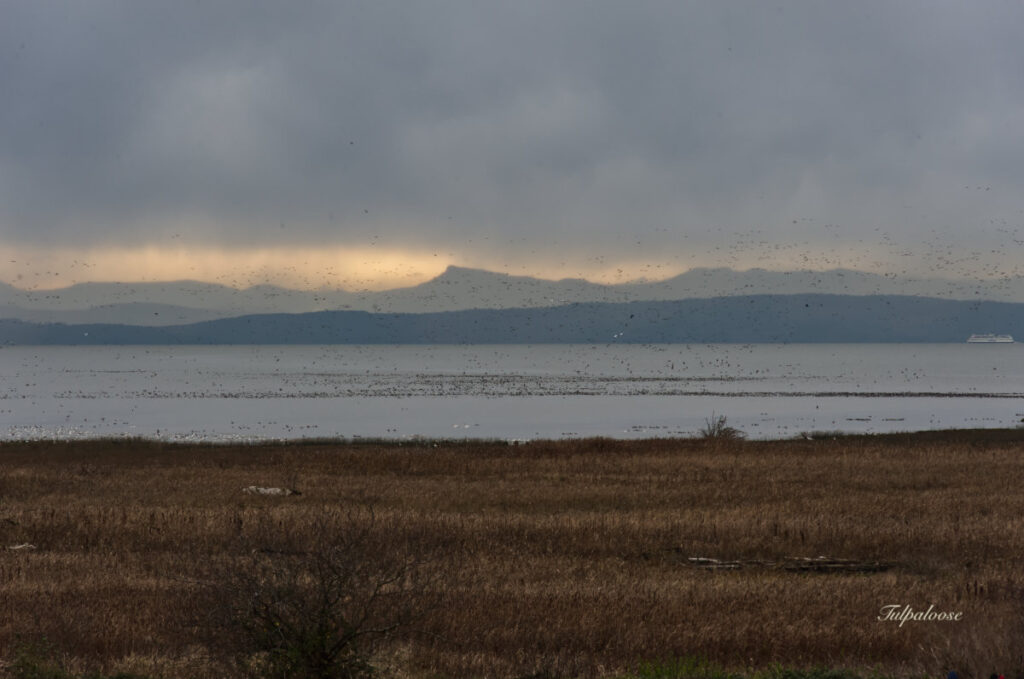
If the project proceeds, the expansion would increase shipping capacity by 50 per cent at Roberts Bank and “will be key to supporting Canada’s economic growth over the coming years,” said the federal announcement.
“Without this port expansion, $3 billion in added GDP would be jeopardized by capacity shortages. The project is also expected to create hundreds of jobs during construction, and several hundred more both onsite and off-site during operations,” said the federal agency.
The International Longshore & Warehouse Union Canada has refused to support the expansion, calling proposed automation at the facility “jobs being done by robots.” A union statement said that its own research from 2019 predicted a loss of 9,200 marine industry jobs in B.C. through automation.





